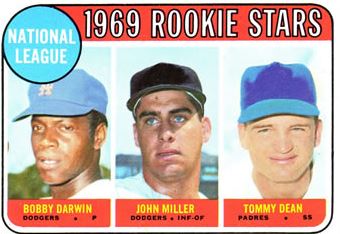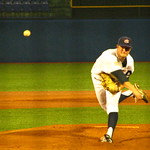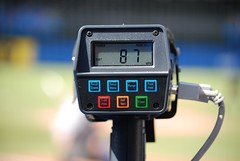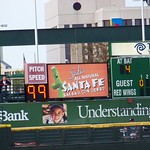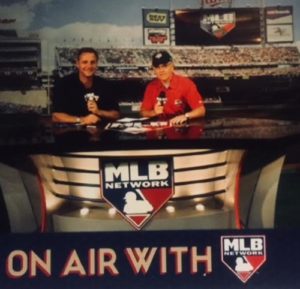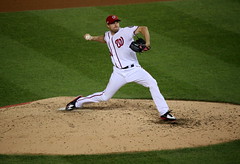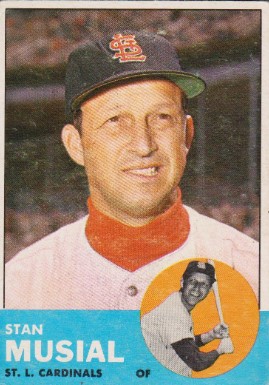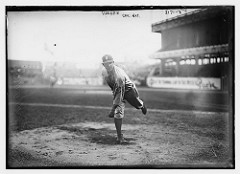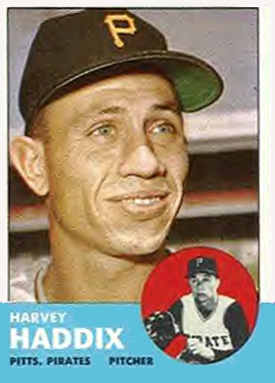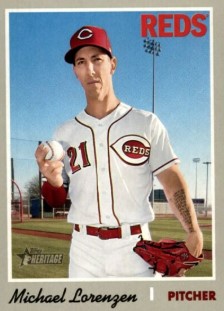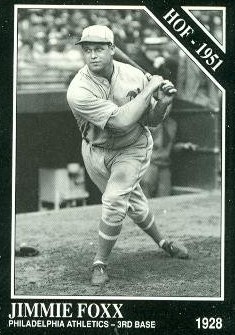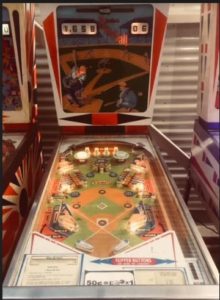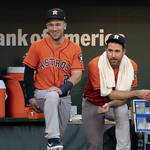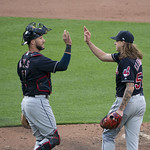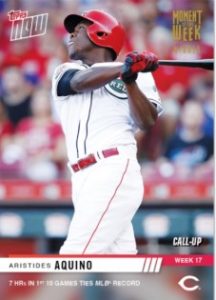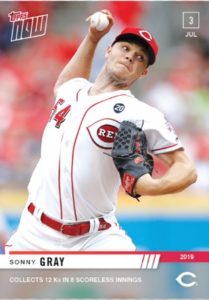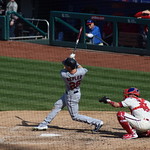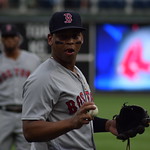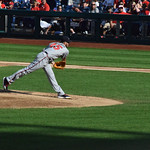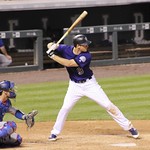Mound Madness
 Yesterday (September 24) – well, actually shortly after one o’clock this morning (September 25) – The Rockies and Giants set an MLB record unlikely to ever fall. In a 16-inning match up that ended in an 8-5 Rockies’ victory, the two teams used an MLB-record combined 25 pitchers. A somewhat surprising aspect of that game it that Giants’ starter Madison Bumgarner completed seven innings of work. The Giants then used 12 pitchers to get through nine more innings.
Yesterday (September 24) – well, actually shortly after one o’clock this morning (September 25) – The Rockies and Giants set an MLB record unlikely to ever fall. In a 16-inning match up that ended in an 8-5 Rockies’ victory, the two teams used an MLB-record combined 25 pitchers. A somewhat surprising aspect of that game it that Giants’ starter Madison Bumgarner completed seven innings of work. The Giants then used 12 pitchers to get through nine more innings.
Then again, maybe the record could fall. In a game that ended about an hour and twenty minutes later (played in Arizona), the Cardinals and Diamondbacks came close – using a combined 24 pitchers in a nineteen-inning contest won 3-2 by the D-backs.
If the record does fall, it will have to be this season. Starting next season, September rosters will only expand to 28 players (rather than the current 40-player September limit).
How about Home Run Madness?
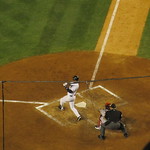
Photo by Ken Lund 
Yesterday, in a 2-1 loss to the Rays, Yankees’ starting CF Cameron Maybin accounted for the Bronx Bombers’ only run with a third-inning homer. Notably, it was his tenth round tripper of the year. – making the Yankees the first MLB team ever to boast 14 players with ten or more home runs. Here’s a little more home run madness. This season (as I write this post):
- The Twins have become the first MLB team with with five players hitting at least 30 home runs – and the first MLB team with eight players with 20 or more homers;
- Four teams (Yankees, Twins, Astros and Dodgers) have already surpassed the previous all -time team record for homers in a season;
- Twelve MLB teams have already surpassed their previous franchise record for home runs in a season and another three teams seem likely to join them; and
- MLB has seen a record 6,590 home runs – far outpacing the past mark of 6,105.
Primary Resource: Baseball-Reference.com
BASEBALL ROUNDTABLE ON THE TOP 100 BASEBALL BLOG LIST
 Baseball Roundtable is on the Feedspot list of the Top 100 Baseball Blogs. To see the full list, click here.
Baseball Roundtable is on the Feedspot list of the Top 100 Baseball Blogs. To see the full list, click here.
I tweet baseball @DavidBBRT
Follow/Like Baseball Roundtable’s Facebook Page here. More baseball commentary; blog post notifications; PRIZES.
Member: Society for American Baseball Research (SABR); The Baseball Reliquary; The Negro Leagues Baseball Museum.
